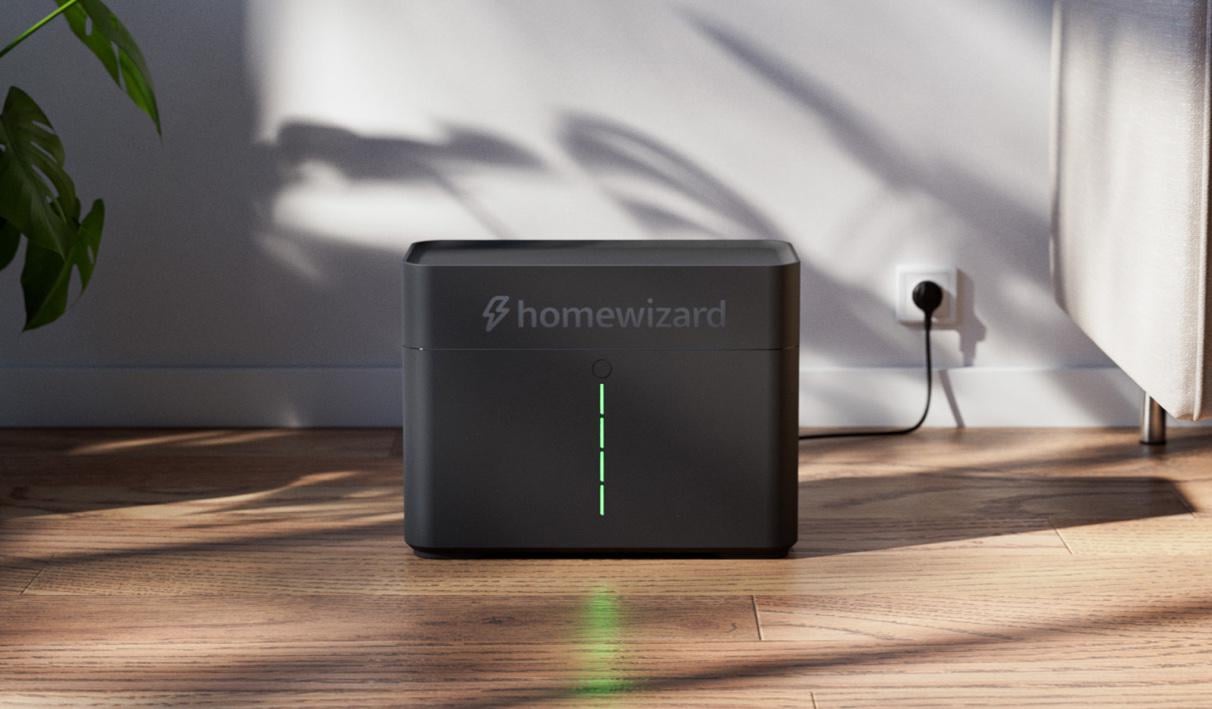
Seems after all the struggle and homologation approvals, finally Home wizard plugin batteries are allowed in Belgium.
https://www.homewizard.com/nl-be/plug-in-battery/
Looks like very recent announcement.Has anyone calculated how effective / efficient this is going to be?
by Doxxter
7 comments
I would never place a battery inside my home. Not that i am against hole batteries, but play them in a shed, not in your home. These things fail (usually because of bad installation, so these won’t have an issue, but still) and you don’t want to be in the same area when that happens… I know it’s a 1/50000 chance probably, but still.
It’s quite expensive (per kWh) comparing it to other brands. If batteries are allowed via p1 meter; market will hopefully improve with a lot of options quite soon.
For the same price for example you have a Marstek of 5 kWh compared to the 2,5 of the HomeWizard.
But I can’t quite compare at the moment. Still waiting if it would be really worth it.
I like Homewizard because their products integrate nicely.. but the battery is pricey.
Look up the reviews, it’s terrible. Loses a lot on conversion, makes noise, etc.
Not bad, but the price point vs some other offers on the market may limit the sales.
In general in Belgium the market for batteries is just awful – the prices for either plug & play or stationary batteries are too high. In other countries a 5 kWh stationary LFP battery already costs less than a 1000 bucks.
Dunno, I hope that eventually the market forces will overcome the Belgian greed and we’ll finally have access to affordable home energy storage like the rest of the world.
I have a Marstek Venus E (5kWh of which 90% or 4.5kWh is usable, 2.5kw in/out, limited to 800w out by default), paid 1500€ including VAT and shipping. It also has a backup socket, which is interesting for my NAS / homelab, and an open RS485 connector, so you can take full control of the device (not the case with HomeWizzard)
I did some math and with my limited solar (1.9kw panels on a 1.5kw inverter) and relatively high electricity use (working from home, gaming pc, Airco, EV), I should make back the price in 5~7 years assuming I stay with a variable contract. Going to a dynamic contract should cut that time down, but is also harder to model.
So far the round-trip efficiency is 82% overall. It’s been properly installed for 14 days and has so far saved me 45kWh at 35¢/kWh = 15.75€, while “costing” me 55kWh of solar I was not able to inject, for which I would have gotten 3.2¢/kWh = 1.75€ (!!!), meaning a netto savings of 14€, or about 1€ per day.
With my limited solar setup and when working from home, most days the battery only gets up to 60% full. It then lasts until about midnight before stopping at 10%. If I’m not home, it fills up and lasts until the sun comes up again the next day. Of course, this is summer, so I don’t expect the same results starting september or oktober, but given that I still have room to charge more during peak sun and I get past the expensive hours even with only 60%, I think a dynamic contract could save me even more.
But to take full advantage I want to tinker with my setup a bit more, so I can make sure I charge my EV in the cheap/free hours, and can make sure it doesn’t fight with the battery. I like tinkering with home assistant, so I’m doing all of that myself. If you are interested in a similar setup, feel free to reply or DM.
Using the P1 port to control how much the battery should charge discharge really changes how you use the battery.
Some numbers. The electricity price is 25 to 30 cents per kWh including the grid management fees and taxes. You get like 5 cents for injection. That means you can save 20 to 25 cents per kWh that goes through the battery. There will be an efficiency loss from converting ac to dc and back. You’ll lose like 15% of the energy you put in. That lowers your potential savings to 17 to 21 cents per kWh.
The battery can store 2 kWh. Every cycle or day you can expect to earn 35 to 40 cents. The battery is 1300 or 1400 € so in about 10 years it will have paid for itself. The battery chemistry, LFP, should last for 6000+ days or almost 20 years.
2 kWh is probably a bit small for most users, on a good day in summer that is the output of a single PV panel. And it will probably be empty before the morning from background consumption and watching TV. But buying more battery modules only makes the numbers look worse. Because the second batterymodule also has a 800W charger/inverter that you need to pay for but wont be allowed to use.
Battery storage makes sense when you have solar but probably not this battery at this price point. If they ever start doing cheaper expansion modules with the battery cells only the numbers might be more appealing.
When homewizard gets the P1 meter approved, should be in October, I hope cheaper competitors will start supporting a P1 meter to control the battery as well.
Comments are closed.